From Beijing to Rome, with Love and Pasta: On the Noodle Road
16.00 JOD
Please allow 2 – 5 weeks for delivery of this item
Description
A food writer travels the Silk Road, immersing herself in a moveable feast of foods and cultures and discovering some surprising truths about commitment, independence, and love.As a newlywed traveling in Italy, Jen Lin-Liu was struck by culinary echoes of the delicacies she ate and cooked back in China, where she’d lived for more than a decade. Who really invented the noodle? she wondered, like many before her. But also: How had food and culture moved along the Silk Road, the ancient trade route linking Asia to Europe—and what could still be felt of those long-ago migrations? With her new husband’s blessing, she set out to discover the connections, both historical and personal, eating a path through western China and on into Central Asia, Iran, Turkey, and across the Mediterranean.The journey takes Lin-Liu into the private kitchens where the headscarves come off and women not only knead and simmer but also confess and confide. The thin rounds of dough stuffed with meat that are dumplings in Beijing evolve into manti in Turkey—their tiny size the measure of a bride’s worth—and end as tortellini in Italy. And as she stirs and samples, listening to the women talk about their lives and longings, Lin-Liu gains a new appreciation of her own marriage, learning to savor the sweetness of love freely chosen.
Additional information
| Weight | 0.3405 kg |
|---|---|
| Dimensions | 2.6416 × 13.8176 × 20.955 cm |
| by | |
| Format | Paperback |
| Language | |
| Pages | 400 |
| Publisher | |
| Year Published | 2014-8-5 |
| Imprint | |
| Publication City/Country | USA |
| ISBN 10 | 1594632723 |
| About The Author | Born in Chicago and raised in Southern California, Jen Lin-Liu attended Columbia University and went to China as a Fulbright fellow. The founder of Black Sesame Kitchen, a Beijing cooking school, she is the author Serve the People: A Stir-Fried Journey through China. She has written about food, culture, and travel for The New York Times, The Wall Street Journal, Saveur, Newsweek, Travel + Leisure, and other publications. She lives in Chengdu, China. |
| Excerpt From Book | PrologueThe year after we married, Craig and I went to Italy for Christmas. It was our first time in Europe together, a break from years of living and traveling in Asia. After a week of hiking along precipitous cliffs on the Amalfi coast that dropped into the sparkling blue Mediterranean, we drove to Rome. In a neighborhood called Trastevere, full of winding alleys and couples in embrace,my husband led me to a restaurant called Le Fate and surprised me with a belated holiday gift: a pasta-making class. In the cluttered kitchen, we stood before the chef and proprietor, a man named Andrea. With dark espresso eyes and curly brown hair, the chef happily played the part of the handsome Italian guy female tourists swoon over. He flirted, chatted, and joked with guests as they arrived. But once class began, he cleared his throat and surveyed the room with narrowed eyes. The room fell as silent as a church before mass.“Americans,” Andrea declared, “think that Italians use a lot of garlic.” He placed a single garlic clove on the stainless-steel counter, whacked it with the back of a cast-iron frying pan, and held up the flattened result. “We do not use a lot of garlic. Delete this information from your brain!”At the counter, Andrea began breaking eggs with bright yellow yolks into a crater he’d made in a mound of finely ground, refined flour. After working the eggs into the flour, he vigorously kneaded and flattened the dough with a rolling pin, gradually stretching the pliable putty into long sheets almost as thin as newsprint. He wound a sheet tightly around the pin, then swung it to and fro, releasing the dough so that it folded over itself in neat S-shaped layers. After cutting them into slivers, he shook the pieces in the air like a magician, unfurling long, wide strands of pasta.Over my years of learning how to cook in China, I’d come across many pasta shapes that echoed ones in Italy. Chinese “cat’s ear” noodles resembled Italian orecchiette. Hand-pulled noodles, a specialty of China’s northwest, were stretched as thin as angel hair. Dumplings and wontons were folded in ways similar to ravioli and tortellini. Even the more obscure shapes of Italian pasta—handkerchief-like squares called quadrellini, for example—had their Chinese counterparts. Each time I’d come across anew shape, it seemed coincidental.But at Andrea’s that morning, as I watched and mimicked the pasta-making, it all seemed to add up to something more. Andrea’s movements followed the textbook method for making Chinese hand-rolled noodles, a dish I’d practiced countless times in Beijing. It was a revelation. With eggs rather than water, a few extra-clumsy movements, and flour inadvertentlywinding up all over my hands and face, I, like Andrea, could make fettuccine!Though the trip was meant to be a break from the Far East, my mind couldn’t help drifting back to China as I tasted the food across Italy. In Venice, the seafood risottos reminded me of my grandmother’s congee. I learned that the Venetians had a history of sweet-and-sour dishes, thanks to the city’s spice trade with the Orient, though many had faded with time. Onthe Amalfi coast, as we sipped limoncello after dinner, a chef told us that Italians, like Chinese, drank liquor infused with other ingredients in order to relieve everyday ailments.After that trip, I began to cook more Italian food. In an arrabbiata sauce, I discovered that the balance of acidic tomatoes, hot chilies, and sugar seemed to echo the flavor of spicy noodle dishes in western China. When I drizzled olive oil and vinegar over my salads, I noticed the effect was similar to the sesame oil and black vinegar in the cold salads of China’s north. In the mushrooms, aged meats, and prodigious Parmigiano-Reggiano cheese grated over pastas, I saw the Italian affinity for a flavor called umami that the Chinese highly prize. As I ate the dishes, I realized that the two cuisines also had common philosophies: they were both essentially humble and rustic, elevating the essence of ingredients over fancy preparations. And both were best home-cooked.With all the parallels and similarities lingering in my head, I found myself thinking about the familiar story of how Marco Polo brought noodles from China to Italy. Even the Chinese knew the tale, but they liked to tell it with embellishment: Marco Polo also tried meat-filled buns in China, which he attempted to re-create when he returned home. But he couldn’t remember how to fold the dough, and Italy ended up with a second-rate mess-of-a-bun called pizza.Both stories are myths—overwhelming evidence shows that Italians were eating pasta before the birth of the Venetian explorer. Most experts trace the Marco Polo story back to a 1929 issue of The Macaroni Journal, a now-defunct publication of a pasta trade association. The anonymously written article appeared in between advertisements for industrial pasta-making equipment, and it reads like fiction: Marco Polo arrives by boat to a place that sounds more South Pacific than Chinese and comes across natives drying long strands of pasta. (In reality, Chinese wheat noodles are a tradition of the northern hinterlands and are rarely dried before cooking.) The story was intended to spur the consumption of pasta, back then a novelty to most Americans.Food historians have since produced an array of conflicting theories about the provenance of noodles. Some credit the ancient Etruscans, suggesting that pictures in caves depict pasta-making. Others attribute the invention to the successors of the Etruscans: Romans flattened sheets of dough called lagana, suggesting an early version of lasagna. Or perhaps thefirst incarnation of noodles appeared with Arab caravan traders, who developed dried ones that were light and easy to transport, predecessors of the instant kind. But then maybe the staple originated in the birthplace of wheat, in the Middle East, and traveled by divergent paths to Italy and China, claims another camp. Still others credit the Uighurs, a Turkic-speaking minority who straddle Central Asia and China.The more research I did, the more confused I became; it seemed like there were limitless theories about the origin of noodles and how they’d spread. The topic was the subject of endless fascination. “Yes, you must find out who invented noodles!” friends told me as I related my research—as if it were as easy as establishing who’d invented the telephone. Then I came across a report that seemed to debunk all the theories: scientists had found a four-thousand-year-old noodle in northwestern China, confirming the conventional wisdom that the Chinese had invented the staple, adding to an impressive list of Chinese inventions that included gunpowder, paper, the printing press, and the compass. But even that news didn’t explain how the dish had traveled so many thousands of miles to Italy.The theories were also intriguing for the wide swath of territory they covered, a region bounded by the seven-thousand-mile-long network of trade routes that connected Europe and Asia known as the Silk Road. It was as much a concept as it was a physical entity. The “Silk Road” was a term coined in 1877, long after the demise of the route itself, by a German explorer and geographer named Baron Ferdinand von Richthofen. Like Marco Polo, the mythical path came with a story. Around the birth ofChrist, the Romans were first introduced to an ethereal fabric called silk, which they learned came from a mysterious place called China. The desire for the textile set off one of the first major waves of globalization: caravans of traders and camels traversed barren deserts, grasslands, and mountains to satisfy the demands of emperors. No single route existed; the Silk Roaddescribed a tangle of overland paths that undulated through Central Asia and the Middle East before reaching Italy via the Mediterranean Sea. Marco Polo was just one of many adventurers who traveled along them. But the glory of the Silk Road faded with the rise of maritime trade in the fifteenth century. Territories once widely traversed fell into isolation. Yet the romance of the fabled path persisted through the handful of explorers who made the arduous overland journey and wrote of their experiences.While conducting my noodle research, I also looked into the movement of ingredients along the Silk Road. Precious flavorings like saffron, which originated in Persia, were traded like diamonds. Pomegranates, which hailed from the Middle East and may have been the real forbidden fruit mentioned in the Bible, found their way into Renaissance kitchens and Chinese gardensalike. The names of certain ingredients hinted at their faraway origins: xigua, the Chinese name for watermelon, means “western melon.” Conversely, German-speaking Europeans refer to an orange as applesin, or “Chinese apple.”I was also surprised to learn that rhubarb had originated in China. The country didn’t have a tradition of rhubarb pies or jam, nor did the plant ever make it to the table; it was confined to the drawers of Chinese medicine doctors, who dried and boiled it in potions to loosen their patients’ bowels. As rhubarb went west, Central Asians began chewing it raw and Persians folded it into savory stews. Italians made bitter aperitifs with rhubarb, and Marco Polo valued the plant enough to list it in his will. Onlyafter it was introduced to the English did it meet up with sugar and wend its way into sweets. The plant was in such high demand in nineteenth-century England that a powerful Qing Dynasty official proposed a rhubarb embargo against Queen Victoria, hoping to bring a constipated nation to the bargaining table during the Opium War; little did he know that English bowels no longer depended on China’s rhubarb—the British had already cultivated it in their own backyards.Reading the travelogues of past explorers, I discovered that few, if any, of the adventurers had made a trip to document food. The Chinese monk Xuanzang traveled west in the seventh century in pursuit of Buddhist enlightenment. The late nineteenth-century Swedish geographer Sven Hedin mapped out previously uncharted parts of Central Asia. Not long after, British archaeologist Aurel Stein discovered ancient Buddhist scriptures in northwestern Chinese caves and took them home to London. Marco Polo, who looked for new trade routes, did mention food in his diaries: he noted a meal of macaroni but spent more time detailing how his Mongolian companions dined on prairie dogs and camels and pricked the veins of their horses to drink their blood.It wasn’t the most enticing description of a meal, but I was already sold.I decided that I would travel the Silk Road. I’d go to Rome again, but journeying overland this time, starting from my longtime residence of Beijing. In contrast to previous explorers, I would pursue a culinary mission: I’d investigate how noodles had made their way along the Silk Road; document and savor the changes in food and people as I moved from east to west; learn what remained constant, what tied together the disparate cultures of the Silk Road, and what links made up the chain connectingtwo of the world’s greatest cuisines. I would seek out home cooks, young and old, to see how recipes had been passed down and learn not only their culinary secrets but their stories as well.I thought I knew what I was getting into—after all, I’d traveled the Chinese portion of the Silk Road before. Though I’d traveled for only a few weeks, my trip had acquainted me with the culinary delights of western China, unknown to much of the world; the country’s most celebrated regional cuisines were in the east. But as I’d moved into the Chinese hinterlands, I discovered that the noodles improved, becoming heartier, chewier, and more various. The fruits grew more delicious, too—in the sun-soakedwestern provinces of China, I tasted the sweetest melons and apricots of my life. The people were equally fascinating. I ate noodles made by a woman with piercing blue irises, striking in a face that otherwise looked Chinese. Pushing into the far northwest region called Xinjiang, I became immersed in a land of Middle Eastern– and Mediterranean-looking people. As I wandered through a bazaar in the ancient trading town of Kashgar—full of mosques, women in burqas, and donkey carts—I had to continually remind myself I was still in China.It hadn’t occurred to me on that maiden journey to venture farther than China’s border. But now, with the noodle mystery gnawing at me, along with so many other culinary questions, it became my obsession to travel the Silk Road from start to finish. I knew what lay at the end of the fabled path, having just vacationed in Italy. But I had no idea what lay in between. Therewould be many challenges, I knew. Past explorers had written about the physical demands of the journey, across windswept deserts and isolated pastures and over high passes. Even in modern times, with cars and trains, the journey, with its stops, would take me more than six months. I would travel through a string of countries governed by despotic rulers. Much of this terrain was Muslim, a faith I knew little about. Also I wondered about how I’d be treated as a woman, moving across so many male-dominated societies.And beyond all that, I had recently become a wife. Though, as I fantasized about my journey and began planning my route, that was the furthest thing from my mind. After all, I’d traveled plenty before marriage—why did it have to be any different now? I’d never had to take into account the impact of an extended journey on my partner or my relationship. It was something I didn’t think—or want—to figure into my trip. But the nagging question was there: Just how would I manage it—alone, together? That dilemma only grew sharper as my journey began. |
Only logged in customers who have purchased this product may leave a review.

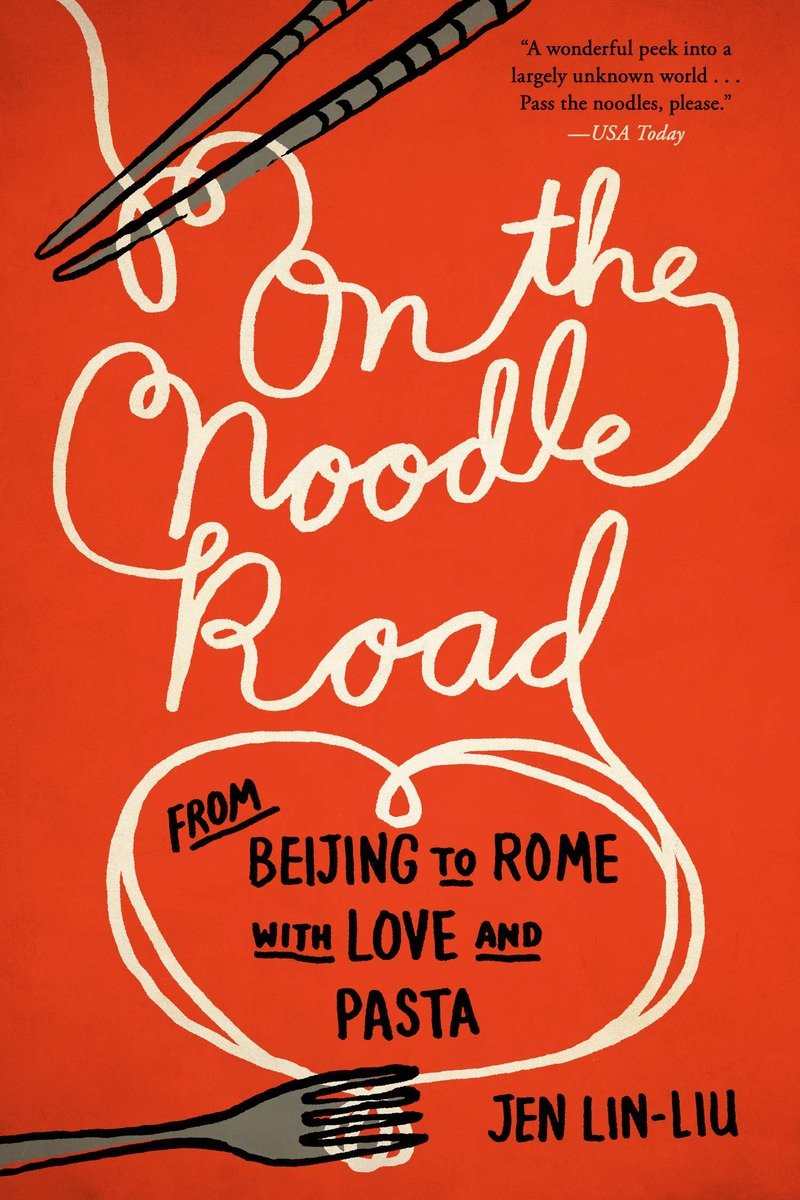
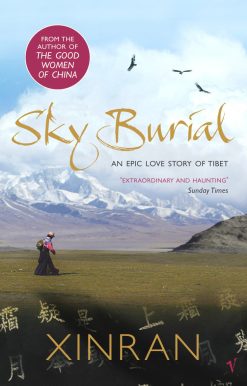

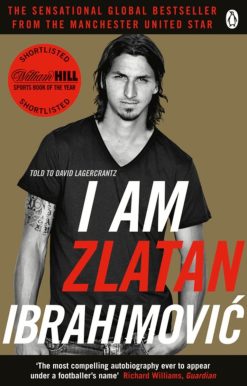
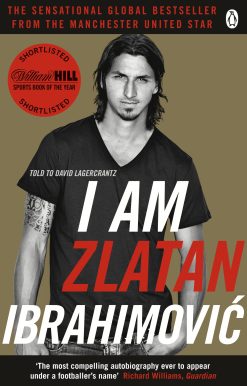
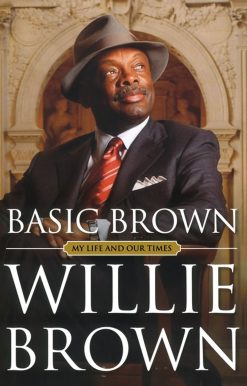
Reviews
There are no reviews yet.